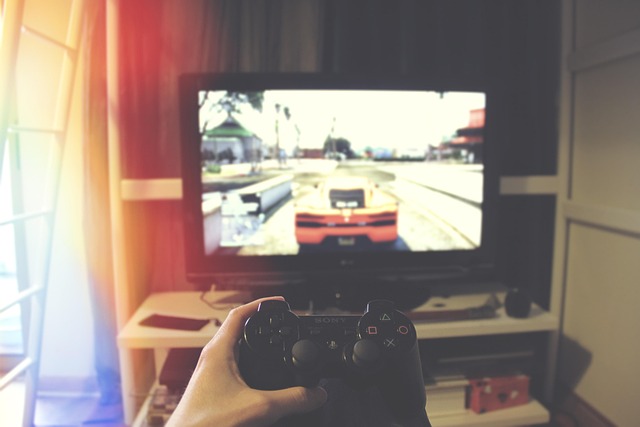Maximizing Multiplayer Experience: A Developer’s Guide to Enhancing Games for eSports and Gaming
The world of gaming is evolving rapidly, with more players gravitating towards competitive multiplayer experiences. As a developer, it’s essential to recognize the growing significance of eSports and how it impacts the gaming landscape. This guide aims to provide insights into maximizing the multiplayer experience, allowing both casual and professional players to thrive in a competitive environment.
Understanding the Multiplayer Experience
At its core, the multiplayer experience is about more than just playing games together; it’s about building a community, fostering competition, and enabling players to connect with one another. Gamers seek immersive and engaging experiences that enhance their interactions. A well-designed multiplayer system not only captivates players’ attention but also encourages them to return for more.
Creating Engaging Game Mechanics
Innovative game mechanics can significantly enhance the multiplayer experience. Implementing features that promote teamwork and strategic collaboration can lead to more enjoyable gameplay. Look at popular multiplayer titles: they often encourage players to communicate and coordinate, facilitating strong team dynamics. Think about mechanics that offer varied roles within the game, allowing players to find their niche and contribute to team success.
Optimizing Network Performance
Nothing can frustrate players more than lag or connectivity issues. Ensuring smooth online play is crucial. As a developer, prioritize optimizing network performance by implementing dedicated servers and reducing latency. Use predictive algorithms to correct lag and enhance player movements for a seamless experience. A stable and responsive multiplayer environment is essential in competitive settings, especially in eSports, where every millisecond counts.
Creating a Sense of Community
Players don’t just want to participate; they want to belong. Developing community features like forums, matchmaking systems, and in-game chat options can foster a sense of belonging and engagement. Organizing events and tournaments can drive excitement and cultivate a loyal player base. In eSports, communities often rally behind their favorite teams or players, which amplifies the overall attractiveness of your game.
Balancing Gameplay for Competitive Settings
Balancing gameplay is an intricate yet vital task. To ensure a fair competitive environment, focus on balance regarding characters, weapons, or abilities. Player feedback is invaluable here; actively engage with your gaming community to gather insights and make informed adjustments. A balanced game enhances the multiplayer experience by ensuring that victories are earned rather than dictated by a mere disparity in power levels.
Integrating Future-Ready Technology
As technology evolves, so do the possibilities for enhancing the multiplayer experience. Consider leveraging cloud gaming, augmented reality (AR), or virtual reality (VR) to expand your game’s reach and immersion. These technologies allow for unique gameplay experiences that can attract both casual and hardcore gamers, further driving interest in competitive play and eSports.
Listening to Player Feedback
Players are the lifeblood of any gaming experience. Engaging with the community and listening to their feedback is crucial. Conduct surveys, maintain active social media channels, and participate in forums to gather insights. This input is invaluable, helping you make informed decisions that enhance the multiplayer experience and keep players invested in your game.
With the right strategies, developers have the power to elevate the multiplayer experience, making it not just a collection of games but a thriving ecosystem for players to connect, compete, and grow together. As eSports continues to expand in popularity, those who prioritize enhancing multiplayer experiences will undoubtedly shape the future of competitive gaming.




